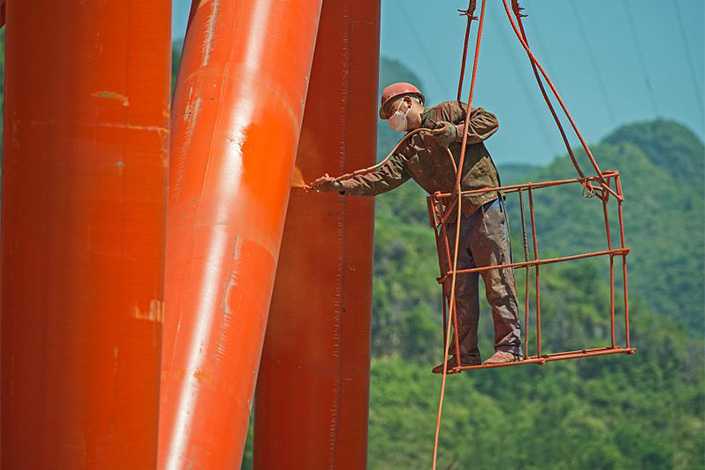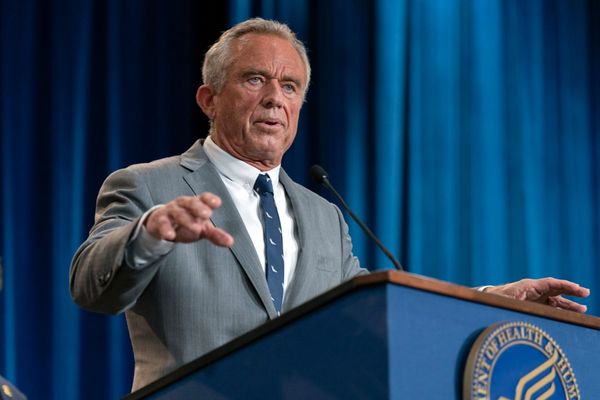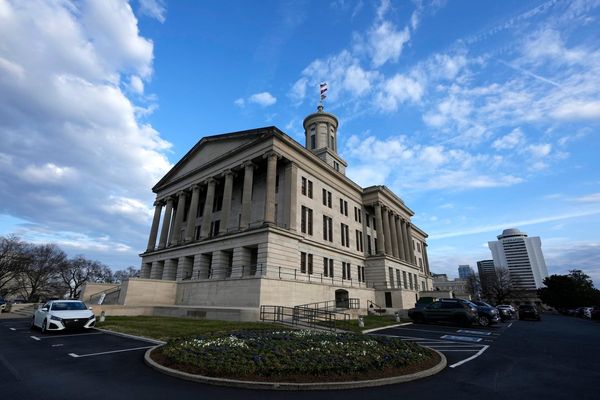
China’s efforts to stabilize the broader economic market has been put into the spotlight, amid Covid lockdowns that have hurt consumer sentiment and business activity.
At the State Council executive meeting on June 8, Premier Li Keqiang called for greater efforts to remove barriers, improve supportive measures and ensure the effectiveness of relevant policies. His remarks were made after being presented with a report on economic growth and employment in the country. China’s economy is facing continued downward pressure, making it crucial to balance Covid-19 control measures with support for economic growth. Meanwhile, local governments were urged to refine and implement policies and boost economic growth in the second quarter and ensure the economy’s stability.
With the central government taking the lead to stimulate the economy, many local governments have followed suit through measures to stabilize employment as well as boost investment and consumption. Coupled with the recent slowdown of new Covid-19 outbreaks, China’s economy is on track for recovery. However, there are still many challenges in maintaining steady growth and ultimately achieving annual economic growth targets. China will need to come up with ways to treat both symptoms and their underlying causes, and balance keeping the economy stable.
As mentioned, the balancing act of curbing the virus’ spread and supporting economic growth is the main challenge at present. How can China find an equilibrium? Recently, the spread of the virus has slowed down, and Shanghai and Beijing have lifted their Covid-19 curbs and restarted work and production. However, some local governments are still sticking with excessive Covid control measures and one-size-fits-all approaches. Containing Covid-19 “at any cost” is definitely not a feasible option. During the normalization stage of prevention and control, many local governments struggle with two challenges: first, how can they avoid treating China’s dynamic “zero-Covid” policy as a zero-infection policy, and second, how can they adjust control strategies to become more precise, scientific and targeted.
For local governments, a major issue with keeping the economy afloat is the lack of finances. China’s economy is facing its worst downward pressure since the first wave of Covid-19 in early 2020. Governments are now experiencing greater difficulties making ends meet — their fiscal revenues have dropped as local businesses experience declining sales or have been forced to shut down. In contrast, their spending has increased due to a range of tax relief policies, including tax cuts and refunds, to help struggling businesses. According to the Ministry of Finance, revenue for the general public budget increased by 8.6% in the first quarter of 2022, but slowed down to 3.4% in March, a decrease of 7.1 percentage points compared to the previous two months. In April, China’s fiscal revenue plunged 41.3% from the same period last year and was still 5.9% lower without VAT refunds. This has created a dilemma for local governments. There are just not enough funds to support economic growth and ensure the wellbeing of the people. For example, the cost of regular mandatory testing for Covid-19 alone has become a heavy burden.
Another problem for local governments is a lack of projects to invest in. Infrastructure investment has traditionally been a useful tool to stabilize the economy, during which local urban construction and investment companies have played key roles. These have been financed through loans, bonds and other non-standard products, driving up the cost of borrowing and the overall risk levels. The central government has repeatedly requested that local governments strictly control the scale of debt, firmly curb the increase of new “hidden debt” and guard against systematic financial risks, while also cracking down on corruption in the financial sector. As a result, local urban construction and investment companies’ ability to boost the economy remains limited. In addition, as China has already undergone much economic transformation, the growth of infrastructure investment has slowed down dramatically, and spending patterns have changed. Instead of focusing on large public infrastructure projects such as railways, roads and airports, current infrastructure investment has shifted its attention to public facilities and environmental conservation projects such as urban roads, bridges, road lighting facilities, public green spaces and underground pipelines. Although this shift is commendable, it may lead to weaker profits and less cashflow, making it impossible to quantify positive externalities. Geographically speaking, eastern China’s demand for infrastructure is very low, while central and western regions face population outflows and sluggish industries. Any rush to launch large public infrastructure projects or renew urban infrastructure could result in low utilization and high debt. The top priority is to find a suitable way to assess the costs and benefits of infrastructure investment and to allocate funds to projects that will bring benefits to the Chinese economy.
To stabilize the economy, governments at all levels should have sufficient funds and find the right way to finance projects. Some scholars have expressed their concerns about using funding from private financial institutions for public facilities. They believe that this could create serious problems and are therefore suggesting that the government issue special treasury bonds to bridge the infrastructure funding gap. This suggestion is worth considering. For the Chinese economy to stabilize, it is important to revitalize private and foreign investment, and boost market players’ confidence in China’s economic prospects.
Ultimately, China will need to deepen reforms and expand its opening up without disappointing market expectations. This might sound like a cliche, but it is also the truth. There is an accelerating trend of global industrial transfer, and any paralysis in moving forward must be overcome.
We are almost halfway through 2022, and the downward pressure on China’s economy is still prominent. With the risk of a relapse into more Covid outbreaks, governments at all levels are caught in a dilemma. It has become obvious that the problems will pile up if Covid-19 measures are not balanced with support for economic growth, which would make economic goals even more difficult to achieve. Authorities can support the economy by making sure that market players and people are given full disclosure on policy measures. Governments must carefully analyze the underlying causes of these barriers to easing Covid controls and figure out how to remove them. This might be the biggest challenge facing the Chinese economy and to solve it we need governments at all levels to work together.
Get our weekly free Must-Read newsletter.







